From watches to patches, humans have for decades now been placing on their bodies wearable technology that has the ability to monitor and help maintain our healthy bodies.
For Dr. Shirit Kazum, a sports cardiologist and echocardiographist at Beilinson Hospital in Petah Tikva, wearables offer a new way of observing patients and catching any issues they may have at an early stage.
“We are slowly beginning to understand that we can incorporate this tool as another source of information that follows our athletes,” she tells NoCamels, referencing pulse rate, blood oxygen saturation and even heart function monitoring such as an electrocardiogram (EKG).
“This is how we can use these wearables as an integral part of the way in which we practice medicine,” Kazum says.
“We can use this tool as another technological means to allow us to practice medicine better.”
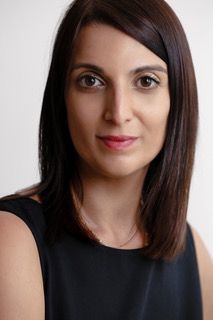
She points out that smartwatches have become almost ubiquitous and predicts that as their popularity grows even further, they will become even more valuable as a diagnosis tool.
“There is huge potential here that we can use, which is in effect ongoing monitoring without people being aware that they are being monitored,” she says.
“And as doctors we need to find our own ways of using this tool as a way of improving our own medical practices.”
And like with other areas of the high-tech world, Israeli companies have taken this technology and run with it – creating a range of devices to help us eat better, feel better, sleep better and generally live healthier lives.
Here are just some of the Israeli developments that work towards making us healthier while we simply go about our daily routine.
Saving Stroke Victims
For successful recovery from a stroke, the speed with which the patient can receive treatment plays an inherent role – and being able to predict when a stroke is about to occur is even more advantageous.
Medtech startup Avertto says its StrokeAlert device uses cutting-edge pulse wave analysis technology to monitor changes in the blood flow to the brain and alert for a potential stroke.
The unique pulse wave analysis technology features sensors that first measure a user’s baseline blood flow levels and then measure them again every 2.6 milliseconds to observe any changes.
The sensors are placed over the carotid arteries – the two major blood vessels on either side of your neck that provide the blood supply to your brain.
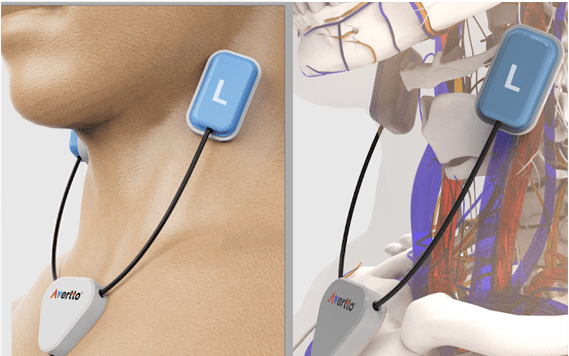
The data gathered is transmitted to a smartphone app that will display one of three colors to the user: green means healthy levels; yellow means that the data is still being assessed; and red means high risk of a stroke.
When the app turns red, an alert is sent out within seconds to the wearer, first responders and healthcare providers.
Avertto’s Chief Business Development Officer Limor Prigan told NoCamels prior to their development, treatments for a stroke were based on clinical signs, including facial drooping, arm weakness on one side and speech difficulties.
“Once you have a clinical sign, it’s already too late. And then we’re running against time,” she said.
Super Selfie
Sign up for our free weekly newsletter
SubscribeWhile not technically a wearable, our phones have become so much of a part of us that it is fair to say they are almost an extension of our hands.
Binah.ai (Binah is Hebrew for intelligence) takes advantage of our reliance on our phones to transform them into a diagnosis tool, using artificial intelligence and sensors to remotely monitor your vital signs and biomarkers with medical-grade accuracy via a simple selfie taken yourself.
These biomarkers include heart and respiratory rates, blood pressure and even hemoglobin levels – with the company planning to add even more.
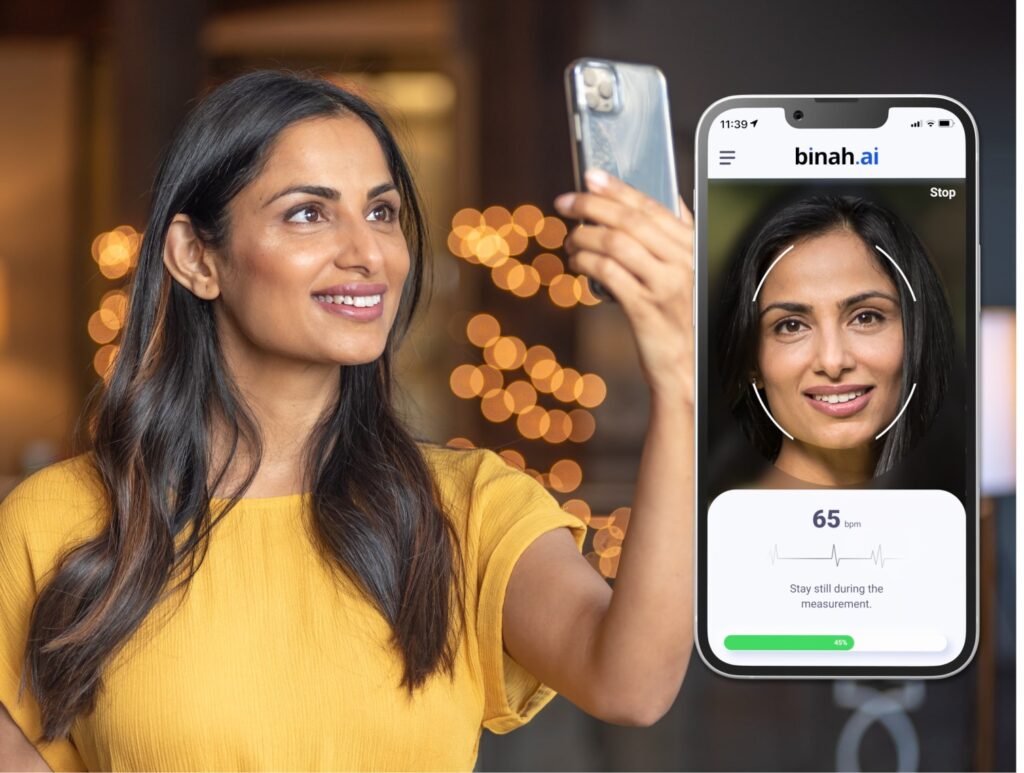
The technology works regardless of skin tone, age, sex or ethnicity, Binah co-founder and CEO David Maman told NoCamels.
“The core focus of Binah is [to provide] the most basic ability of a basic observation. [In Israel] we live in a very advanced world in terms of medical services – 2.9 doctors for 1,000 people — there are countries in which people still need to drive eight hours in order to see a physician,” he said.
“So, even though telemedicine has been exploding in the past few years, it is still almost impossible to deliver multiple types of medical devices and multiple types of lab work in order to get the basic observation. And that is what we’ve created at Binah.”
Smooth Signals
A device made up of electrode patches monitors the body’s key functions through the signals they emit, something that was only previously possible in a clinical setting.
The Smart Skin device, created by Herzliya-based biotech company X-trodes, can be placed at any point on the body in order to monitor signals showing brain, cardiac, muscle and eye activity.
The customizable patches are wireless and flexible, and do not require gels or other materials to function.
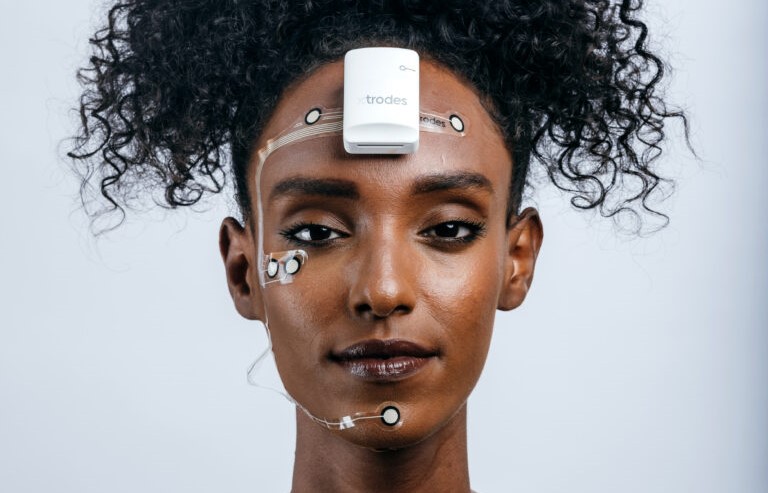
X-trodes says that while electrophysiological monitoring has traditionally only been available in clinical settings, due to previously cumbersome equipment, the size and ease of use of the new patches mean that patients can now monitor these functions at home or any other location.
The device, which recently received approval from the US Food and Drug Administration (FDA), will now be verified for suitability in multiple clinical situations, primarily to check cardiovascular functions and potential sleep disorders.
“The X-trodes system is the next generation of wearable and fully wireless solutions, enabling clinicians and researchers to unleash the full potential of medical-grade electrophysiological monitoring,” said company CEO Ziv Peremen.
“Gaining FDA clearance affirms the value of this technology and its potential to improve health and wellness through access to real-time electrophysiological data,” he said.
Safer Sleeping
Itamar Medical has developed a small device to diagnose people suffering from sleep disorders such as apnea, a potentially serious disorder that sees a person’s breathing repeatedly stop and start while they are asleep.
Worn on the wrist with sensors on the finger and chest, Itamar’s WatchPAT device measures and analyzes the pulse rate of the sleeper, which increases in the event of apnea due to the collapse of the airways and the lack of supply of fresh air.

The device is paired with the user’s smartphone and an accompanying app collects and transmits the data it gathers for clinical review.
The company says the three points of contact, coupled with patient compliance, give their device a 98 percent success rate in diagnosing the disorder.
Related posts

Israeli Medical Technologies That Could Change The World

Harnessing Our Own Bodies For Side Effect-Free Weight Loss


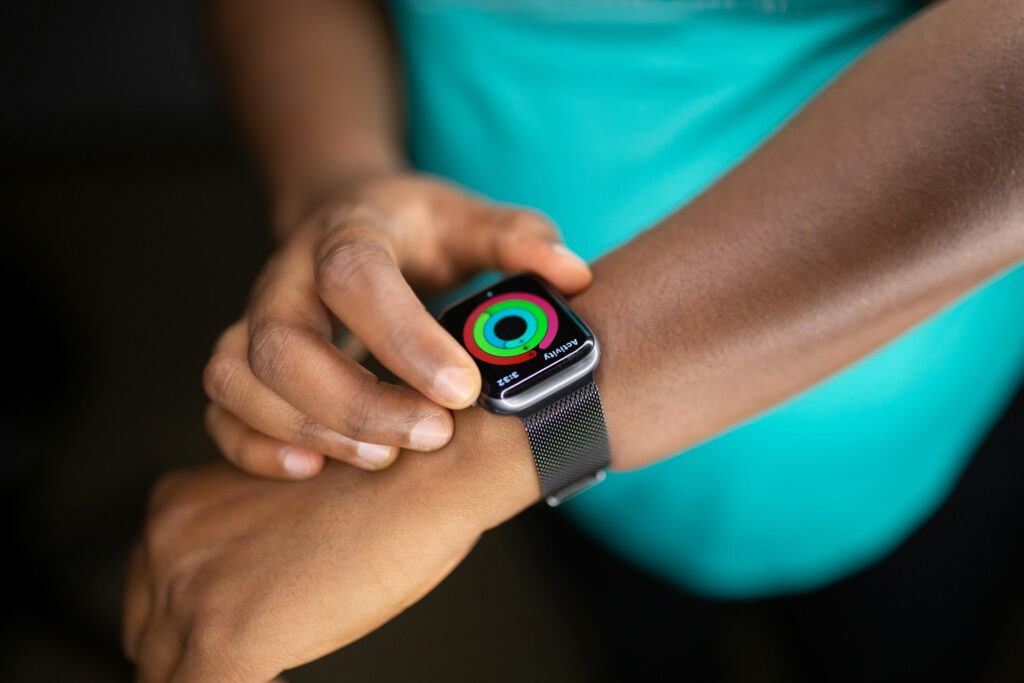


Facebook comments